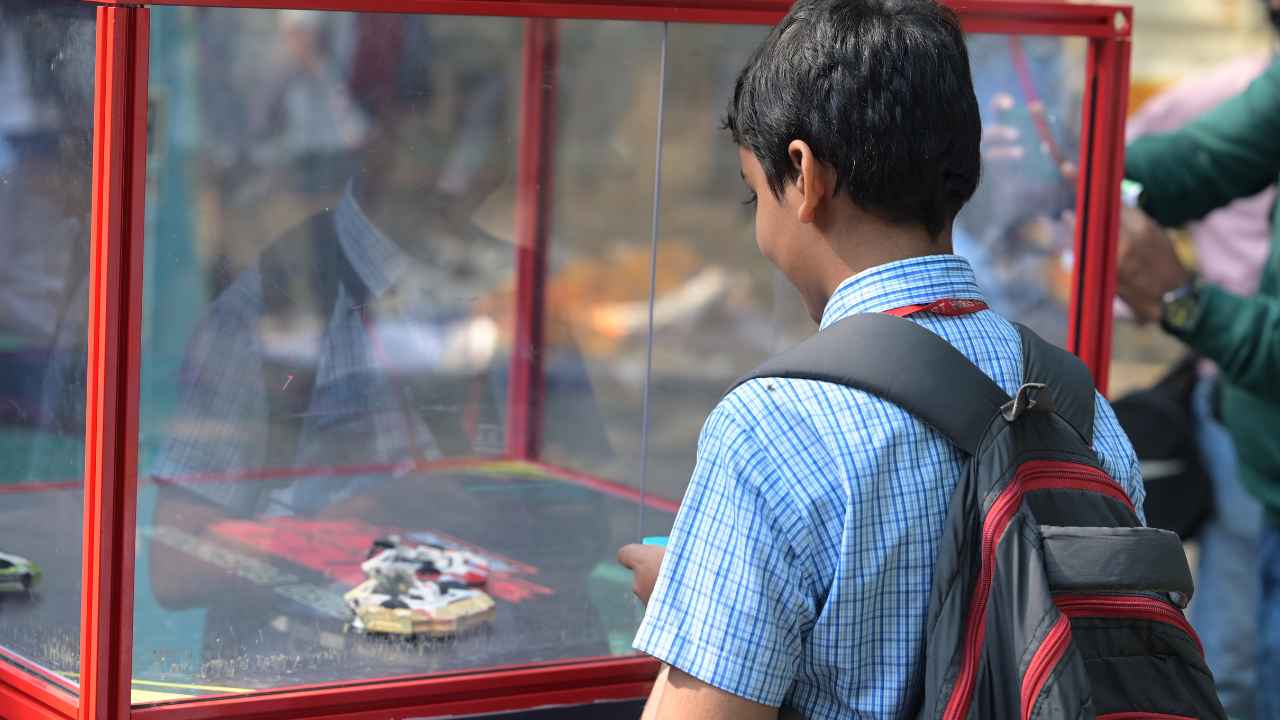How Robotics Competitions Drive Real-World Innovation in Students
In today’s fast-evolving technological world, robotics has become more than just an extracurricular activity—it’s a powerful educational tool that bridges the gap between theory and real-world application. One of the most dynamic ways students engage with robotics is through competitive platforms like the FIRST Robotics Competition (FRC) and the FIRST LEGO League (FLL). These competitions are not just about building robots; they are innovation playgrounds where young minds begin to think, build, collaborate, and solve real-life challenges using STEM concepts.
Turning Classroom Theory into Practical Innovation
Students often ask, “Why are we learning this?” when faced with textbook equations or scientific principles. Robotics competitions provide the answer. They offer a hands-on opportunity to apply classroom concepts like physics, mathematics, and programming in a tangible way. When students are tasked with building a robot that can perform specific tasks—like picking up objects, navigating obstacles, or launching projectiles—they begin to understand how the principles they’ve studied come into play.
For example, in the FIRST LEGO League, younger students use LEGO-based kits to design robots that complete missions on a themed board. They apply logic, engineering, and basic coding to make their robots perform tasks, seeing firsthand how motors, sensors, gears, and actuators work together.
Learning Through Collaboration and Teamwork
Robotics is not a solo sport. One of the most valuable aspects of competitions like FRC is that they are team-driven. Students work in groups, learning essential life skills like collaboration, time management, communication, and problem-solving. Each team member brings something unique to the table—whether it’s coding expertise, mechanical skills, or leadership.
This environment mirrors the collaborative nature of real-world engineering and innovation. Students experience how engineers and designers work in teams to brainstorm, build prototypes, test ideas, and iterate based on results.
Exploring Advanced Challenges: From Drones to NASA-Inspired Rovers
As students progress in their robotics journey, they are introduced to more advanced challenges that stretch their thinking further. Some competitions are inspired by real-world missions, such as NASA rover challenges, drone innovation tasks, or search-and-rescue scenarios. Through these challenges, students begin to explore areas like:
• Aeromodelling and drone mechanics
• Remote control systems and automation
• Artificial intelligence and autonomous navigation
• Energy management and power systems
These experiences help them gain a foundational understanding of how aerospace technology, robotics, and AI come together in complex systems.
Inspiring Curiosity About Everyday Technology
Working with robots naturally sparks curiosity about the technology we use daily. As students learn how motors and actuators move their robot’s arm or wheels, they start asking questions like:
• How does my washing machine spin?
• What controls the movement in an electric toothbrush?
• How do smart appliances “know” when to start or stop?
This curiosity leads to critical thinking and reverse engineering, where students begin to analyze the world around them—not just as users, but as potential innovators.
From Thinking to Innovating
Robotics competitions light the spark of creative thinking and innovation. Once students have the basic tools and understanding, they begin to ask better questions, propose solutions, and even create their own devices. They learn to prototype, test, and refine—essential skills for any inventor or engineer.
With access to mentors, workshops, and real-world problems to solve, students often go beyond the competition itself. Many use their experience to develop community projects, contribute to STEM outreach, or pursue careers in engineering, robotics, or computer science


